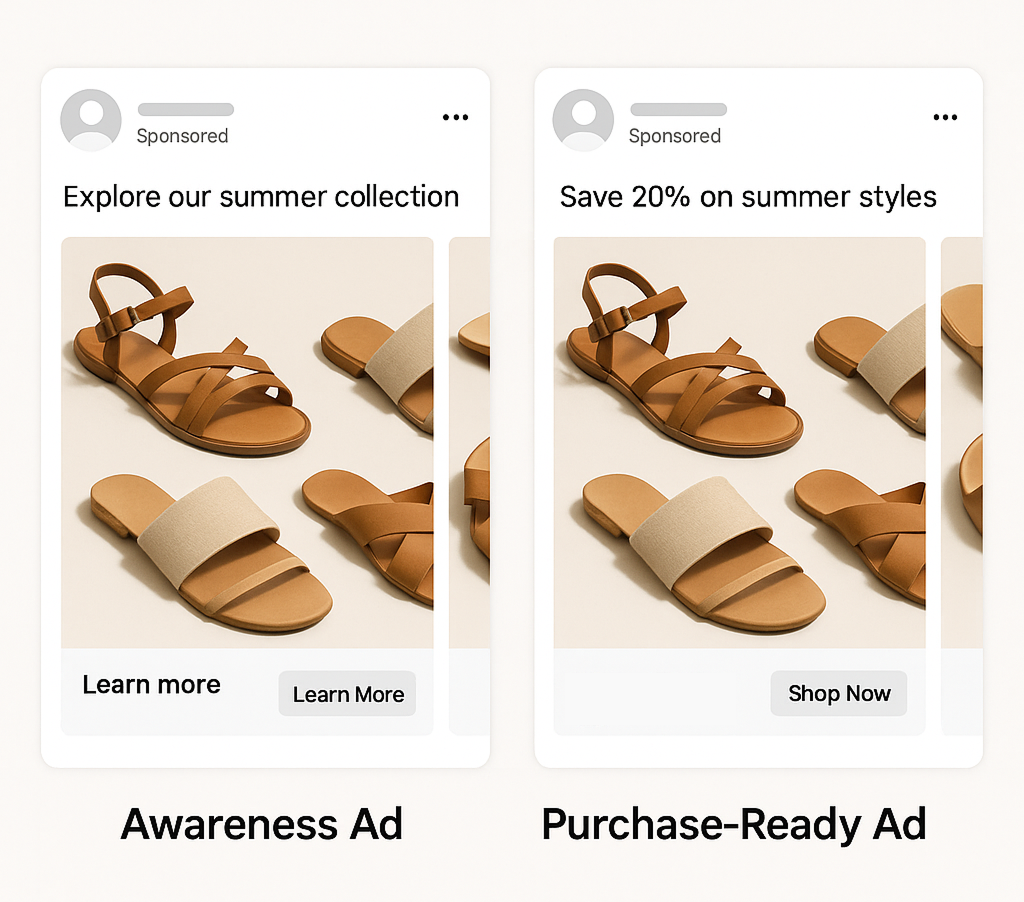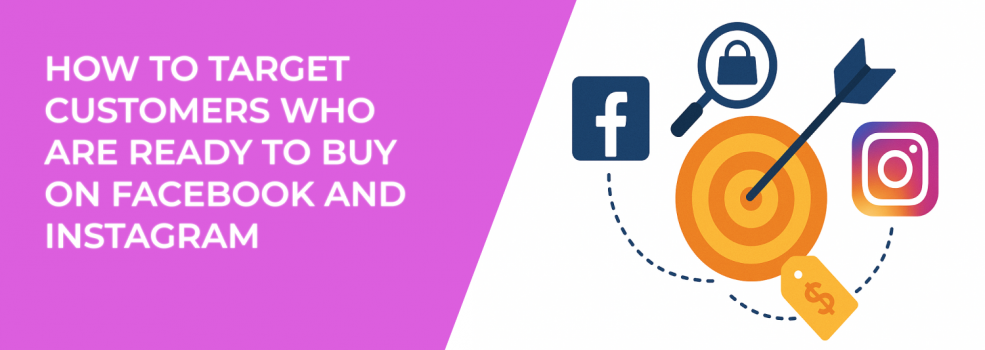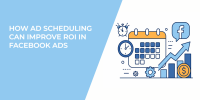If you’re running ads on Facebook or Instagram, you’re not just battling competitors. You’re fighting for the attention of distracted users who scroll fast, think slow, and click even slower.
But what if you could target the ones who are already in buying mode?
The difference between average campaigns and high-performing ones often comes down to timing and intent. Below, we’ll show you how to consistently find and convert high-intent users — so you're not paying to warm up cold traffic.
1. Start with Real Buyer Signals — Not Just Interests
Many advertisers make the mistake of only using interest-based targeting. While this still has value, it’s like throwing darts in the dark. To get serious about purchase intent, start by building audiences around buyer behavior — people who are already showing signs they want what you offer.
Here’s where to look:
-
Viewed product or pricing pages: Users who checked out product details are no longer just curious. They’re considering.
-
Added to cart or initiated checkout but didn’t convert: These are your almost-customers. They need a reminder or a reason.
-
Clicked "Shop Now" on similar ads: Indicates a pattern of buyer behavior across similar products or industries.
-
Engaged with product-focused Reels or videos (watched 75% or more): Strong signals that they’re evaluating solutions.
Set these up as Custom Audiences using the Meta pixel, Conversions API, or engagement data. Then, retarget with highly relevant messaging.
Not sure where to begin? Our Facebook Ad Targeting 101 breaks this process down in detail.
2. Use Lookalikes Based on Purchase Behavior — Not General Traffic
Lookalike audiences are Meta’s most underrated power tool. But only if you feed them clean, valuable source data.
Instead of using website visitors or page likes, build lookalikes from people who have actually bought from you. Better yet, use your highest-value customers to generate quality, not just quantity.

Practical steps:
-
Export a list of past buyers from your CRM or ecommerce platform.
-
Include purchase value (if available) to create value-based lookalikes.
-
Segment by product category, if you sell multiple offers or SKUs.
This works especially well if you’re trying to scale profitably while maintaining ROAS.
For a deep dive on this strategy, see: Mastering Facebook Lookalike Audiences for Higher ROI.
3. Target Engaged Shoppers Using Facebook's Built-In Behaviors
Meta has access to more purchase behavior than most advertisers realize. Tap into this by using Facebook’s native behavior-based targeting.
Some high-intent segments include:
-
"Engaged Shoppers": These users clicked on a "Shop Now" CTA in the last 7 days. They’re actively exploring.
-
Online shopping behaviors: You can filter by categories like fashion, fitness, gadgets, or personal care.
-
Mobile purchase habits: Target users who tend to buy through mobile apps or specific devices.
Layering these behaviors with Custom or Lookalike Audiences helps sharpen your targeting even more. Just avoid over-layering, which can restrict reach and trigger low-delivery warnings.
If you’re seeing "Ad Set May Get Zero" errors, read this fix guide.
4. Match Creative to Buying Stage — Precision Beats Hype
Perfect targeting doesn’t matter if your creative is off.
If someone’s product-aware and comparison shopping, give them ads that close the gap. Not brand fluff. Not origin stories.

What to test:
-
Short video testimonials or real customer reviews: Focus on relatable outcomes and results.
-
Clear comparisons: Especially if you’re priced higher. Show why it’s worth it.
-
Countdown timers or limited-stock messaging: Use urgency, but don’t fake it.
-
Money-back guarantees or third-party validation: Build trust quickly.
Make sure your landing page matches the promise in the ad — no surprises, no disconnect.
Want to learn how to align funnel stage, messaging, and objective? Read Meta Ad Campaign Objectives Explained.
5. Use Retargeting — But Smarter
Retargeting is often misused.
Too many campaigns just repeat the same message, hoping it finally clicks. Instead, retargeting should guide the user forward.
Here are smarter plays:
-
Use different formats: If they saw a static image first, retarget with a short video or carousel.
-
Show proof: Use customer reviews, product awards, or case studies.
-
Build urgency: Add inventory warnings or timed offers.
-
Use Dynamic Product Ads (DPA): Show exactly what they viewed or abandoned.
And remember to exclude people who’ve already bought. Nothing kills a good experience faster than seeing the same ad after checkout.
Need help setting it all up? Here's how to do Facebook retargeting the right way.
6. Test Bottom-Funnel Formats That Convert Fast
Bottom-funnel users don’t want to browse. They want answers, now.
These ad formats are designed to get action quickly:
-
Dynamic Product Ads: Great for ecommerce. Personalized, scalable, and behavior-driven.
-
Lead Ads: Use when your sales process begins with a form. Works well for services, coaching, and B2B.
-
Messenger or WhatsApp Click-to-Chat: For businesses that convert over DM or phone.
-
Instant Experience (formerly Canvas): Combines fast-loading mobile UX with strong visuals.
Each format works best when mapped to specific funnel stages and goals. For a breakdown of which format to use and when, read The Ultimate Guide to Facebook Ad Formats.
7. Exclude Cold Traffic and Budget Burners
If your campaigns are bloated, it's likely because you're targeting too wide or not excluding low-quality audiences.
Here’s who to exclude:
-
Visitors who bounced under 3 seconds: They're not engaged. Don't retarget them.
-
Previous converters: Unless you’re upselling, there’s no need.
-
Ad clickers with zero time on site: These users likely clicked by mistake or curiosity.
Exclusion lists help you avoid audience overlap, reduce ad fatigue, and save money.
To prevent overlapping campaigns from eating each other, check out The Role of Audience Overlap in Facebook Ads Performance.
Final Word: Precision Over Volume
Clicks are easy to buy, conversions are not.
If you want more buyers, not browsers, your targeting needs to be sharper, your messaging tighter, and your structure smarter.
Focus on:
-
Buyer signals.
-
Funnel alignment.
-
Creative strategy.
-
Format fit.
-
And ruthless exclusions.
The goal isn’t just more traffic — it’s more revenue from the right people at the right time.

